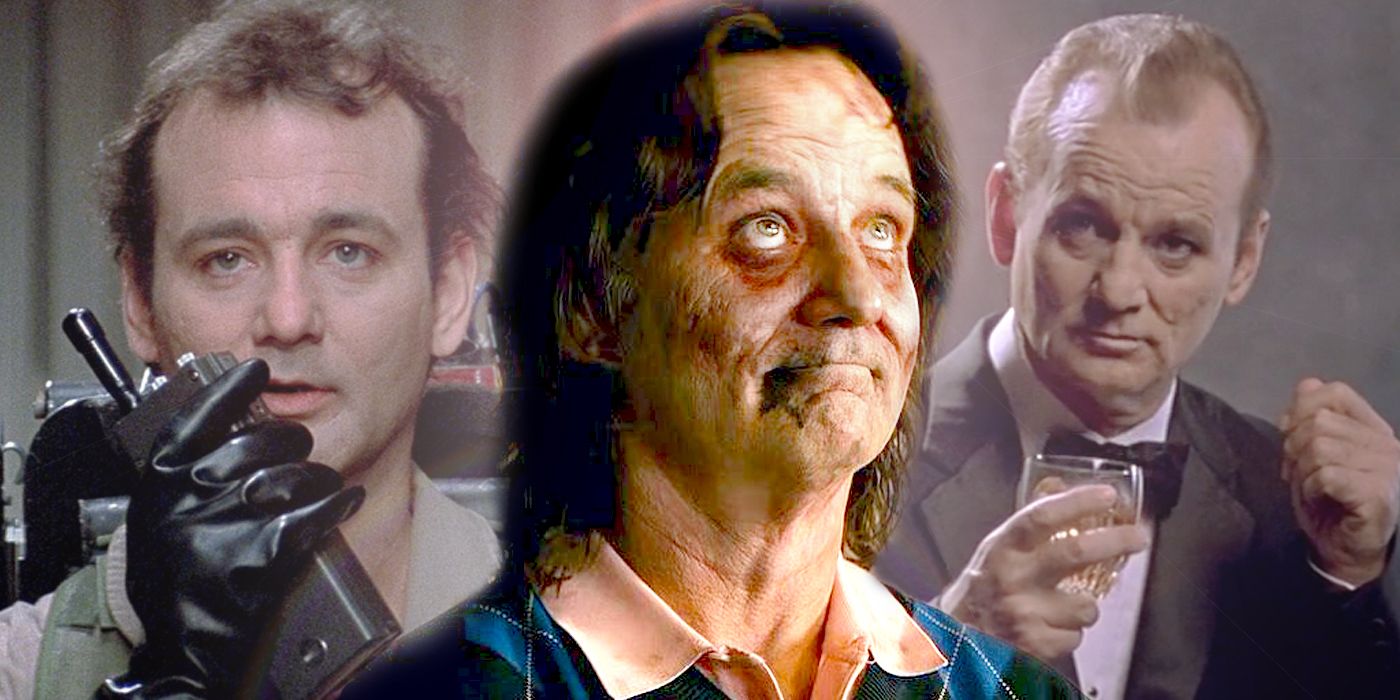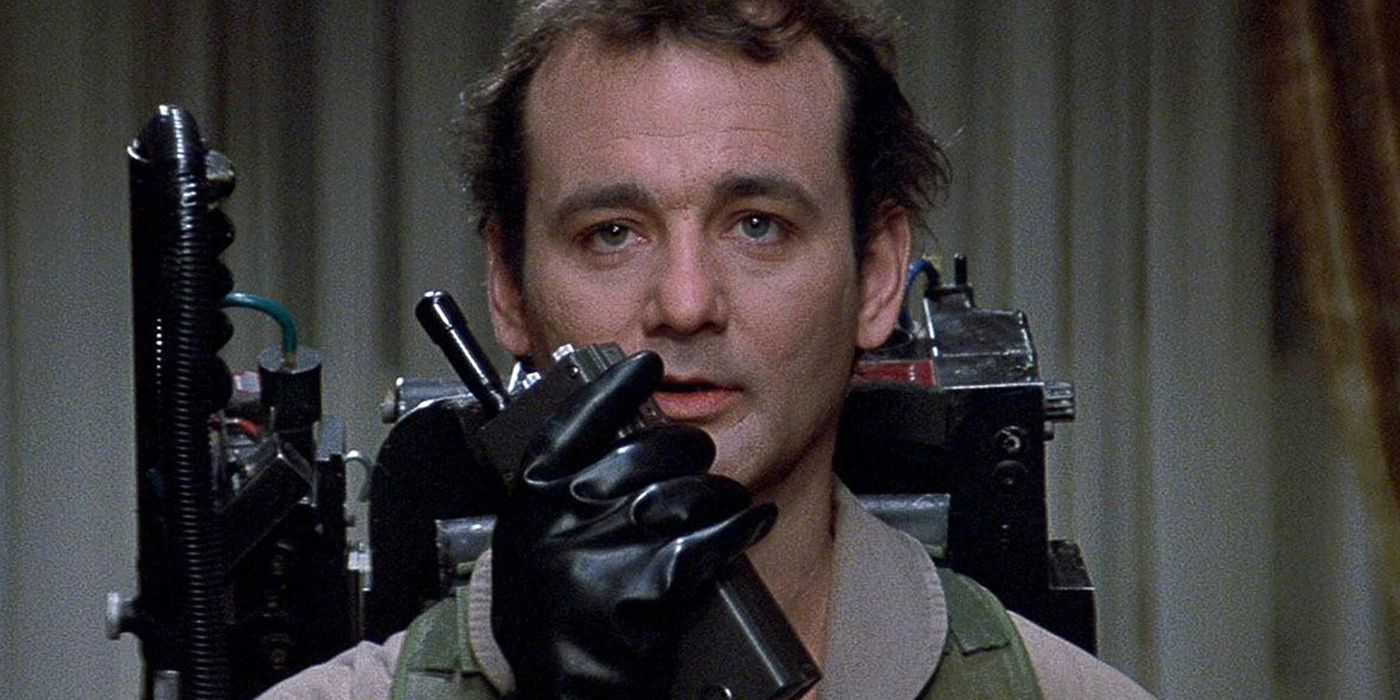"It just doesn't matter."
Bill Murray cheers the call for apathy in his 1979 camper flick Meatballs, and it really serves as a Murray-like answer to his entire, somewhat mysterious acting career. Is it worth explaining why someone so unabashedly cool stays so relevant? There's nothing less cool than trying to provide an answer. But we can certainly try.
RELATED: Zombieland's Bill Murray Cameo Was Offered to 12 Other Actors First
Murray, a veteran comic of the '70s, got his big TV break in the second season of NBC's Saturday Night Live. Creator Lorne Michaels brought Murray in to fill the void left by breakout star Chevy Chase, who was already racking up movie deals thanks to his SNL-curated "humbly arrogant" persona. Murray would do a lot of Chevy-like comedy on the show, while injecting his own creative flair with characters like Nick, The Lounge Singer. As far as SNL stints go, Murray's four-year run was positive, but he certainly didn't have a Dana Carvey-like "rock star" presence on the show. Regardless, it was enough to land him some key movie roles, like in the aforementioned Meatballs.
Murray did a number of interesting film projects (more on that in a bit), but in addition to cementing himself as a comic legend for his part in 1980's Caddyshack, Murray of course took the lead in 1984's Ghostbusters, redefining the action-comedy and immortalizing Dr. Peter Venkman in the annals of film history.
There's something both lovable and hatable about Venkman that revealed a new layer to the "Bill Murray Cool-Factor." Beyond the "humbly arrogant" appeal of someone like a Chevy Chase, Murray's Venkman exposed a sensitivity to his teflon ego that just made viewers feel like they could be him, and learn a heck of a lot more about what's going on inside that brain. Thankfully, we got that opportunity.
We got the sense there was something a whole lot deeper about Bill Murray pretty early on. He played Hunter S. Thompson in the flick Where The Buffalo Roam and exposed his zen spirituality in The Razor's Edge. This would give us an early glimpse into the "sad" side of Bill Murray, tapping into the melancholy complexities of that complicated face. Of course, we truly got the best analysis of the "Dark Side of the Murray" in Sofia Coppola's Academy Award darling, Lost In Translation.
RELATED: Zombieland 2's First Poster Officially Reveals the Sequel's Title
Lost In Translation deserves a hundred features on its own, but to specifically tie it to the arc of Bill Murray movies, we'll call this, "Bill Murray Fully Realized." No project better taps into the psyche and draw of the cinematic treasure more than this bittersweet tale. In the film, we, through the lens of Scarlett Johansson, grow closer to Murray (via his character) in understanding their shared dissatisfaction with life. But of course, in the end, we learn that [INAUDIBLE WHISPER].
But on top of that deep stuff, Murray has simply managed to make connections in the film industry that understand what makes him so "cool" on a basic level, without diving into it. Enter: Wes Andersen and Tim Burton. Both filmmakers managed to utilize Murray, not as a comic lead in most cases, but as a side character to encapsulate the tonal duality of their pieces and the je ne sais quoi that makes their projects so quirky. There are many facets to Bill Murray, and sometimes, just showcasing that broad complexity on-screen without diving into it, is just enough to keep us curious.
So, Bill Murray, at the end of the day is like a zombie, at least in the broadest terms and certainly as a constantly-evolving entity. He keeps coming back, taking all kinds of new forms, and we love him every time.


